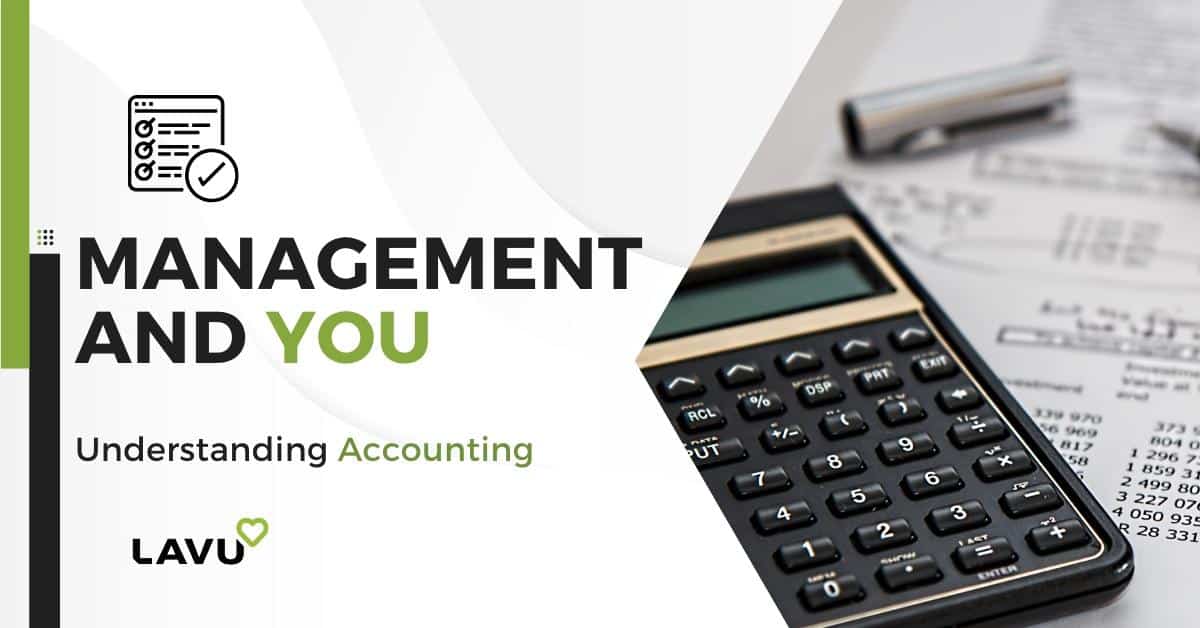
If you are curious about accounts payable and accounts receivable terminology, you are likely interested in pursuing either accounts payable jobs, an education in accounting OR like me, you simply have a curious mind. Regardless of which category you fall under, I can tell you that you are not alone if you frequently confuse these two concepts. They are commonly used together and, in some instances, a person who works in one of these fields may actually be responsible for both. So, what does accounts payable and accounts receivable even mean?
The terms accounts payable and accounts receivable are ones that many will encounter in the world of business accounting. If you are not a business owner, an office employee or an accountant, it isn't likely that you will encounter the word much throughout your lifetime. To put it simply, in each financial transaction that occurs between two businesses; there will be two sides. On one side, you will have the business that is paying another business for a providing service or goods. On the other side, you will have a business that is charging another business for a service or
goods rendered.
For the purpose of clarifying further, I will use an example:
Business 1: Burger Royalty (a fast-food burger joint)
Business 2: Amber’s Bakery (a bakery that specializes in tasty burger buns)
In this scenario, Burger Royalty (Business 1) contacts their local Amber’s Bakery (Business 2). Burger Royalty is need of specialty buns for their latest and greatest burger special, for educational (and entertainment) purposes- let’s call this burger the Bunion Burger. The Burger Royalty employee in charge of this project calls the small bakery and places an order for 5,000 units of a brand-new special onion bun. The Amber’s Bakery employee gives the Burger Royalty employee a price for these 5,000 units and cues the bakers to get into the kitchen.
Amber’s Bakery delivers the buns to Burger Royalty and sends them an invoice which includes the cost of the new buns as well as a delivery fee. Amber’s Bakery records this transaction in their financial records as an “accounts receivable.”
Burger Royalty, however, takes the invoice and records it as an “accounts payable” transaction.
Essentially, accounts receivable is money that is owed to a business for the goods or services that they provided. A company will keep an ongoing record of all their accounts receivable transactions so that they are able to determine all the funds that they expect to receive from their debtors.
On the opposite end, accounts payable is money that a business owes to a supplier or other business for services or good. There is also an ongoing log, in each business, of accounts payable accounts, which informs the business how much they are expected to pay to their creditors in the future.
Despite the simple and straight forward example that I provided, businesses will typically have both accounts payable and accounts receivable accounts.
For instance, lets assume that after receiving the order from Burger Royalty, Amber’s Bakery placed an order for flour to make the buns:
Business 2: Amber’s Bakery
Business 3: Green Flour
Even though Amber’s Bakery factored in the cost of flour when giving a price for the buns to Burger Royalty, Amber’s Bakery will deal directly with the supplier themselves. Amber’s Bakery calls Green Flour and orders 50lbs of flour. Green Flour delivers the flour and provides Amber’s Bakery with an invoice. Amber’s Bakery records this as an accounts payable transaction.
The AP/AR clerk at Amber’s Bakery may use a specialized accounting software to record a financial transaction record that looks something like this:
Accounts Receivable
$500 | Burger Royalty Special Onion Buns
Accounts Payable
$45 | Green Flour for 50lbs of flour
$25 | Chicken Farms for 10 dozen eggs
$30 | Moo Land for 8 gallons of organic milk
The AP/AR clerk (or other employee with this duty) will verify each transaction before processing any invoices.
Assuming this was a full list of financial transactions for the company at the end of the month, Amber's bakery would subtract their accounts payable transactions from their accounts receivables to determine their overall profit for the month. In this situation, Amber's Bakery would stand to profit $400 from their business dealings with Burger Royalty.
Naturally, a real business will have many other expenses to factor into the equation, however this is a basic idea of how accounts payable and accounts receivable transactions work. In some cases, both transactions will be handled by a single employee with a title like AR/AP clerk. In large, global enterprises, however, handling only the accounts payable portion of the business may require multiple employees and several others for the accounts receivable.
Working in accounts payable (or receivable) jobs, your duties may vary greatly depending upon the company you work for.
Some of the most common titles in the field include:
- AR/AP Clerk
- Accounts Receivable Specialist
- Accounts Payable Specialist
- AP & AR Customer Service Rep
- Accounts Payable and Payroll Associate
The list goes on but in either scenario, it helps to be detail oriented and have strong mathematic abilities to succeed in this field.

